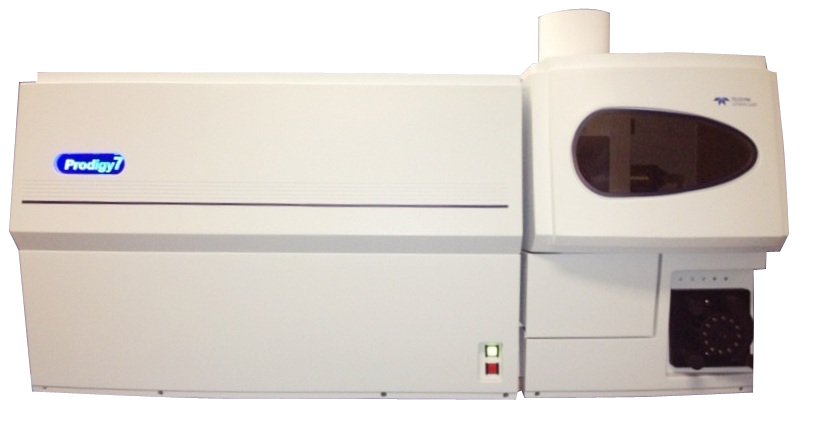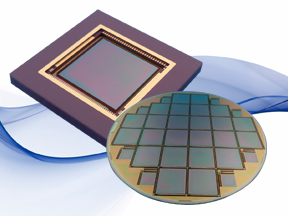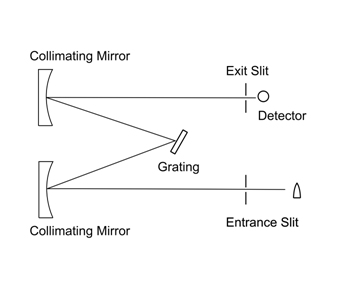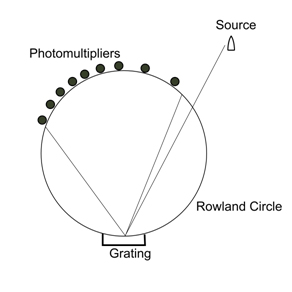Less than 40 years ago in 1978, the Communist dictator of Romania ordered the 400 families living in the small village of Geamana to leave their homes so that the country could build a copper mine. Unfortunately, the people did not have much choice as the village was to become an artificial lake for the toxic waste from the Rosia Poieni, one of Europe’s largest copper mines. The water that covers Geamana is laced with cyanide and other chemicals, making the area uninhabitable. Recently, the website Roadtrippers published several pictures from the abandoned village.
Unfortunately, the fate of Geamana is not uncommon. In the United States, the area around Treece, Kansas and Picher, Oklahoma was ranked in 1981 by the Environmental Protection Agency as the most contaminated in the country. The contamination was the result of extensive lead and zinc mining. In the 1920s, the area was the number one producer of the elements in the United States, supplying the metals for ammunition during the World Wars. While the metals were extracted, the waste was piled up around the town into mounds of contaminated gravel that still litter the landscape. A New York Times article from May 2012, describe the conditions:
Read More


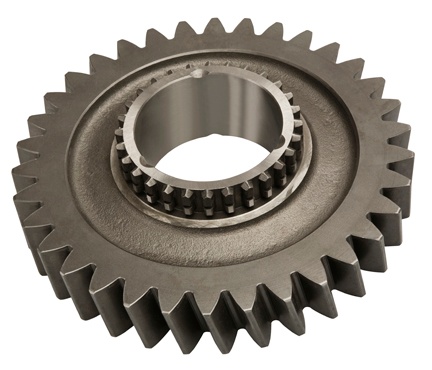
 In 1981 John R. Leeman and Karl Hildebrand founded Leeman Labs to produce analytical instrumentation based on the promise of Inductively Coupled Plasma-Atomic Emission Spectroscopy (ICP-AES) [also referred to as Inductively Coupled Plasma-Optical Emission Spectroscopy (ICP-OES)] to identify and quantify the concentration of elements within a sample.
In 1981 John R. Leeman and Karl Hildebrand founded Leeman Labs to produce analytical instrumentation based on the promise of Inductively Coupled Plasma-Atomic Emission Spectroscopy (ICP-AES) [also referred to as Inductively Coupled Plasma-Optical Emission Spectroscopy (ICP-OES)] to identify and quantify the concentration of elements within a sample.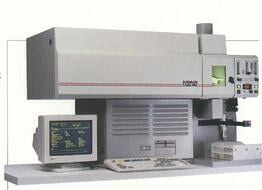 This initial success established Leeman Labs as both an innovator and an expert in ICP-OES and lead the company to endeavor into other realms of atomic spectroscopy adding the DC Arc technique and Mercury Analysis to its line of analytical instrumentation. In 2004 Leeman Labs was acquired by Teledyne technologies to augment Teledyne's existing laboratory and continuous monitoring instruments used in environmental applications, and complement Teledyne Tekmar's organic analysis instrumentation.
This initial success established Leeman Labs as both an innovator and an expert in ICP-OES and lead the company to endeavor into other realms of atomic spectroscopy adding the DC Arc technique and Mercury Analysis to its line of analytical instrumentation. In 2004 Leeman Labs was acquired by Teledyne technologies to augment Teledyne's existing laboratory and continuous monitoring instruments used in environmental applications, and complement Teledyne Tekmar's organic analysis instrumentation.